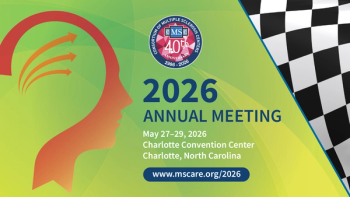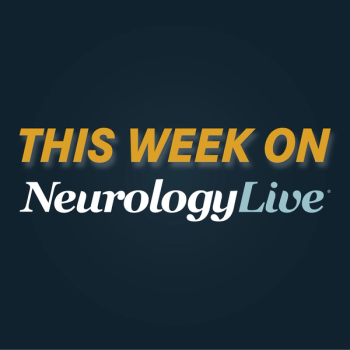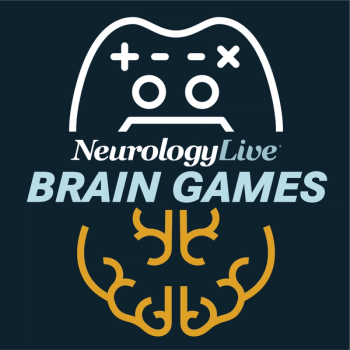
Newly Formed Clinical Advisory Board United in Potential of SAT-3247 for Duchenne Muscular Dystrophy
Satellos Bioscience has established a clinical advisory board to aid in developing their lead drug candidate SAT-3247, an oral small molecule therapy for Duchenne muscular dystrophy.
In recent news, Satellos Bioscience announced the formation of a clinical advisory board comprised of distinguished clinical research leaders and experts in drug development for genetic muscle disorders such as Duchenne muscular dystrophy (DMD). The company believes that this group will help support the development of their lead DMD drug candidate SAT-3247, which they expect to begin first-in-human clinical trials in mid-2024.1
SAT-3245 is a potent, orally available, muscle penetrant, small molecule inhibitor of a highly druggable protein kinase target called adapter associated kinase 1 (AAK1). When inhibited, this protein promotes the functional rescue of asymmetric stem cell division, resulting in the robust production of progenitors in vitro and in vivo. To date, preclinical models have shown that SAT-3245 consistently hits a regenerative response, independent of dystrophin. Although it's early in its clinical pathway, SAT-3245 appears to be promising, according to the company.
“The formation of this clinical advisory board marks a major development step for Satellos as we continue our evolution in becoming a clinical stage drug development company,” Frank Gleeson, cofounder and CEO at Satellos, said in a statement.1 “We are proud and excited to bring together leading clinicians and scientists from across the world who are dedicated to, and have decades of experience in, the clinical development of novel therapeutics for degenerative muscle disorders. We believe this will help support Satellos in advancing our lead drug candidate, SAT-3247, as we work to optimize its potential to transform the treatment of Duchenne and serious muscle diseases.”
The members of the Clinical Advisory Board (CAB) include the following experts:
- Jordan Dubow, MD, chair of the CAB and chief medical advisor at Satellos, has ample experience in the biopharmaceutical industry. He leads all aspects of clinical and regulatory development in chief medical officer (CMO) capacities for both public and private companies and played a pivotal role in 16 new drug applications, including for DMD treatment.
- Ronald Cohn, MD, PhD, president and CEO at Hospital for Sick Children, is a clinician scientist committed to the discovery of new diagnostic and treatment options for pediatric disease and a skilled scientist devoted to muscular dystrophies. Research in Cohn’s laboratory centers on using genome editing technologies such as CRISPR for the development of therapeutic approaches in neurogenetic disorders.
Richard Finkel, MD, director of the Center for Experimental Neurotherapeutics at St. Jude Children's Research Hospital, is a knowledgeable translational researcher and international leader in the organization of clinical trials for neuromuscular diseases, including DMD and spinal muscular atrophy (SMA), for which he played a big role in the development of the FDA-approved risdiplam (Evrysdi; Genentech) for patients with SMA.Nicholas Johnson, MD, MSCI, FAAN , director of the Center for Inherited Myology Research, George Bliley Research Chair, and professor and vice chair of research in neurology, performs clinicals trials for inherited nerve and muscle disorders and also spends a significant amount of time to laboratory research as part of a team at VCU Health working to advance the treatment of genetic muscle disorders, with a special emphasis on muscular dystrophies like DMD.- Hanns Lochmüller, MD, PhD, senior scientist at Children’s Hospital of Eastern Ontario Research Institute, is a neurologist and clinical academic focused on clinical research and care of patients with rare genetic neuromuscular disorders. Lochmüller’s research includes molecular therapies of neuromuscular disorders as well as molecular pathogenesis of muscle and neuromuscular junction disorders.
- Francesco Muntoni, MD, director of the Dubowitz Neuromuscular Centre at Great Ormond Street UCL Institute of Child Health, focuses on the advancement of novel therapeutics in translational and clinical research for pediatric neuromuscular disorders, especially DMD. Muntoni efforts in the last 20 years led to 2 FDA-approved therapies for DMD,
eteplirsen (Exondys 51; Sarepta Therapeutics) andgolodirsen (Vyondys 53; Sarepta). - Perry Shieh, MD, PhD, FAAN is the professor of neurology at UCLA David Geffen School of Medicine and has served as an investigator in numerous clinical trials for neuromuscular conditions. Shieh’s principal clinical interests include DMD, facioscapulohumeral muscular dystrophy, and myotonic dystrophy.
DMD is a severe X-linked recessive disorder caused by mutations in the dystrophin gene and consequent complete loss of dystrophin protein expression. In recent years, the advances of an understanding of the molecule pathways affected in DMD have led to the development of many therapeutic strategies that tackle different aspects of the disease etiopathogenesis, leading to the first successful approved orphan drugs for this condition.
At the
REFERENCES
1. Satellos Announces Formation of Clinical Advisory Board to Support Advancing SAT-3247 in Clinical Trial Development for Duchenne Muscular Dystrophy. News Release. Published May 28, 2024. Accessed June 12, 2024. https://ir.satellos.com/news/news-details/2024/Satellos-Announces-Formation-of-Clinical-Advisory-Board-to-Support-Advancing-SAT-3247-in-Clinical-Trial-Development-for-Duchenne-Muscular-Dystrophy/default.aspx
Newsletter
Keep your finger on the pulse of neurology—subscribe to NeurologyLive for expert interviews, new data, and breakthrough treatment updates.




















